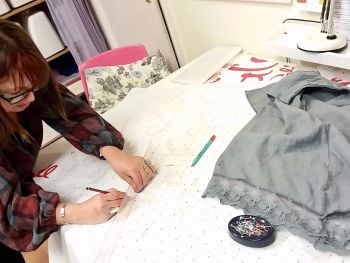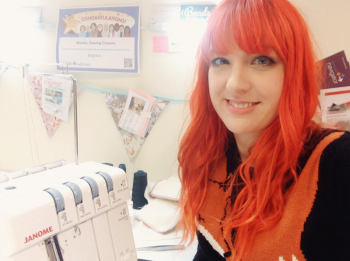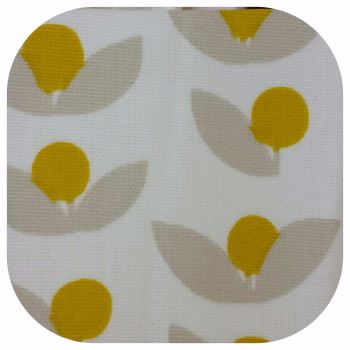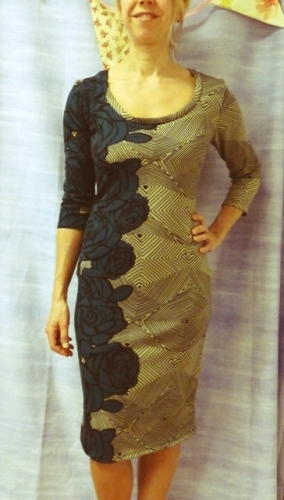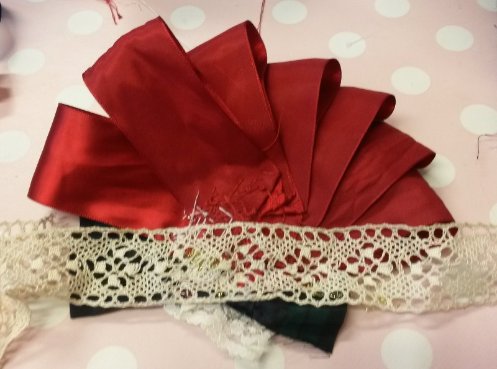Student Makes: Replicating Your Favourite Clothes
Posted on
We've been having a lot of fun this year, teaching students how to copy their favourite clothes in our popular Replicate Your Clothes workshop and in our weekly Stitch Classes. It's such a handy skill to be able to recreate a much loved garment!
Check out our gallery to see what students and teachers have been replicating so far this year...
|
Kat replicates her favourite Hennes vest top |
 Kat's vest top replicated! |
|
|
Yael replicated her off-shoulder top in Laura's Stitch class on Thursday evenings |
Romaine replicates her favourite vintage dress in Stitch Classes |
|
|
Concentration! On the last workshop |
 Skirt all pinned down and ready to trace off... |
|
|
Agy's orginal Coatigan.... |
 ...and her copy - half made so far but looking good! |
|
|
Janet concentrating hard on copying her linen tunic... |
 ..and checking the measurements match... |
|
|
This was Janet's original tunic.... |
...and this is her nearly finished copy! |
|
|
Richie replicating his Oxford bags in Stitch Classes |
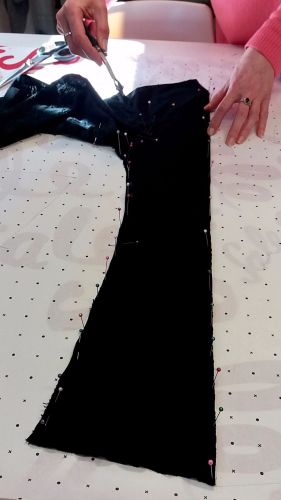 What an earth is this garment part?? It's a sleeve! |
If you'd like to make a brand new version of a much loved item of clothing for yourself, we teach this skill in any Stitch Classes or on the Replicate Your Clothes regular workshops.
Find out more about our replicating clothes courses here






